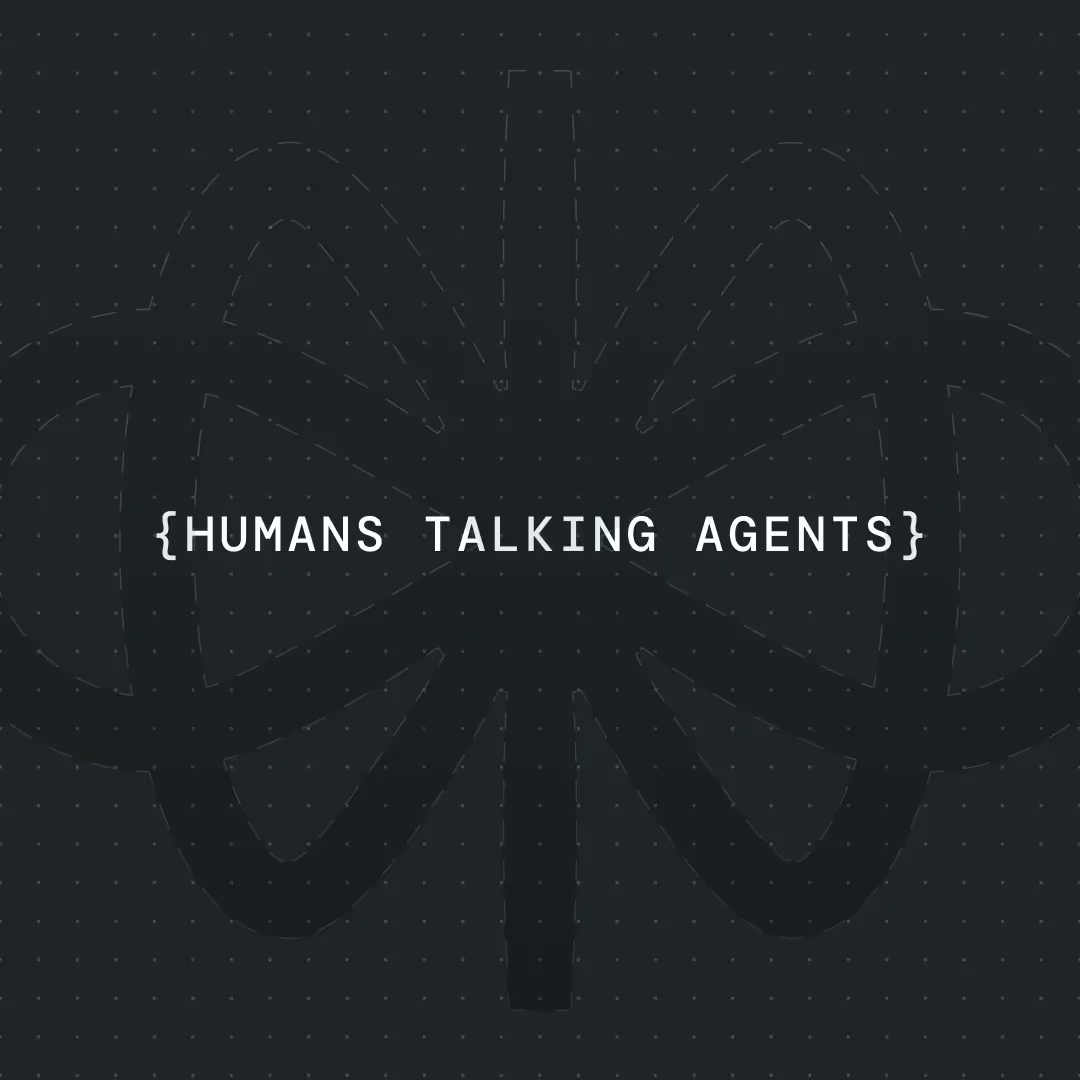DeepSeek vs ChatGPT: Which AI Model is Right for You in 2025?




The AI arms race is no longer a one-horse race. For years, ChatGPT has been the go-to name in AI-powered writing, coding, and problem-solving—but now, a compelling new contender has entered the ring: DeepSeek.
Built with a radically different architecture and designed for speed, privacy, and efficiency, DeepSeek is turning heads among developers, researchers, and privacy-conscious users. It's free, open-source, and surprisingly powerful—especially when it comes to technical and logic-heavy tasks. But how does it stack up against ChatGPT in real-world scenarios?
In this comparison, we’ll break down the differences between DeepSeek and ChatGPT across architecture, performance, content creation, coding, and more. Whether you’re building AI workflows, prototyping assistants, or simply looking for the best value, this guide will help you decide which model fits your needs.
DeepSeek vs ChatGPT: Quick Feature Comparison
Before diving into technical details, here’s a high-level overview of how DeepSeek and ChatGPT compare across core features. This cheat sheet helps you quickly spot which AI model aligns with your needs—whether you're building a chatbot, analyzing data, or generating content.
When to Use ChatGPT and DeepSeek
- Choose DeepSeek if you want cost-efficiency, offline functionality, and high performance in technical workflows.
- Choose ChatGPT if you need a polished, all-purpose model for creative, educational, or multimodal use.
How These Models Are Built (and Why It Matters)
Behind every AI output is an architecture that determines how fast, smart, and scalable that model can be. DeepSeek and ChatGPT take fundamentally different approaches under the hood—and that has big implications depending on what you’re building.
DeepSeek R1: Built for Efficiency and Focus
- Mixture-of-Experts (MoE) Architecture: While DeepSeek has 671 billion total parameters, only 37 billion are active per query. This means you get high performance with lower compute costs.
- Reinforcement Learning (RL) Post-Training: DeepSeek sharpens its logic and step-by-step reasoning through RL, making it especially strong in math, coding, and structured thinking.
- Lightweight Training Cost: Trained over just 55 days using 2,048 Nvidia H800 GPUs—costing roughly $5.5 million, a fraction of what most frontier models require.
Overall: DeepSeek is optimized for targeted, technical use cases with efficient resource use and strong logic modeling.
ChatGPT (GPT-4o): Built for General-Purpose Versatility
- Dense Transformer Architecture: ChatGPT relies on a massive 1.8 trillion-parameter monolithic model that activates all neurons on every request. That’s great for versatility—but heavy on compute.
- Advanced Chain-of-Thought Reasoning: Especially strong in creative writing, educational explanations, and open-ended conversations.
- High Training Investment: OpenAI’s GPT-4 series reportedly costs $100 million+ to train, reflecting its scale and ambition.
Overall: ChatGPT is your go-to if you want broad general knowledge, rich dialogue, and multimodal (text + image) interaction.
Performance Benchmark Testing: DeepSeek vs ChatGPT in Action
Architecture sets the foundation, but performance is what really counts when you’re choosing the right AI model for your workflow. So how do DeepSeek and ChatGPT stack up when tested across real-world benchmarks—like coding, math, reasoning, and more?
Benchmark Results at a Glance
- DeepSeek excels in math-heavy, logic-driven tasks, offering precise, structured output. It’s ideal for developers, engineers, or anyone building AI into technical workflows.
- ChatGPT remains a leader in conversational nuance and broad domain coverage, especially in tasks that require context blending or multimodal reasoning.
Notable Differences:
- DeepSeek’s RL-based approach helps it break down problems step-by-step—great for explainability.
- ChatGPT’s larger context window gives it an edge when working with lengthy documents or conversations.
Use Case Fit:
- Need a fast, structured AI for problem-solving, code, or analysis? DeepSeek is your model.
- Want flexible dialogue, content generation, or visual inputs? ChatGPT delivers.
{{blue-cta}}
Real-World Use Cases: Content, Academics, and Code
Benchmarks are helpful—but how do these models perform when you put them to work in real scenarios? We tested both DeepSeek and ChatGPT in three core categories: content creation, academic Q&A, and coding tasks. The results reveal where each model truly shines.
1. Content Creation: Structured vs Conversational Output
We asked both models to generate an outline for an article on “What is a Large Language Model (LLM) and How It Works.”
DeepSeek Response:
- Structured the outline logically, similar to how a human would approach a technical article.
- Included key points like evolution of LLMs, comparison with traditional NLP, and real-world applications.
- Bonus: DeepSeek walked through its reasoning—almost like thinking out loud.
ChatGPT Response:
- Delivered a clear and complete outline with all major sections (e.g. introduction, how LLMs work, use cases).
- The tone was more conversational and beginner-friendly.
- Did not explain how it chose the points—but the output was still strong and usable.
Best For:
- DeepSeek: Users looking for well-organized, thought-driven structure.
- ChatGPT: Creators who prefer clarity and easy-to-read explanations.
2. Academic Questions: Explanations Matter
We asked: “Calculate the momentum of a ball thrown at 10 m/s weighing 800g.”
DeepSeek Response:
- Immediately recalled the correct formula (
p = m * v) and converted units properly. - Gave the correct answer, but skipped detailed definitions (e.g., what ‘p’ or ‘v’ stands for).
ChatGPT Response:
- Provided a fully explained breakdown of the formula and its variables.
- Included unit conversion, the final calculation, and a friendly recap.
Best For:
- DeepSeek: Fast answers for users who know the basics.
- ChatGPT: Learners or teams that need detailed, educational output.
3. Coding Task: HTML Calculator Challenge
We asked both models to build a basic calculator using HTML, CSS, and JavaScript.
DeepSeek Response:
- Walked through its thinking before writing code.
- Needed two small corrections—but quickly adapted.
- Produced a simple, clean UI with a working calculator and a “clear” button.
ChatGPT Response:
- Delivered functional code on the first try.
- Interface included a dropdown for operators but lacked polish.
- Didn’t offer contextual feedback or iterative reasoning.
Best For:
- DeepSeek: Developers who want collaboration and iteration.
- ChatGPT: Quick prototyping without much back-and-forth.
Takeaway:
- Choose DeepSeek if you value structured logic, collaborative problem-solving, and cost-effective technical work.
- Choose ChatGPT for polished responses, rich explanations, and general-purpose flexibility.
{{blue-cta}}
Conclusion: DeepSeek vs ChatGPT—Which AI Model Should You Choose?
At this point, one thing is clear: the AI landscape in 2025 is no longer a solo act. DeepSeek and ChatGPT represent two powerful—but fundamentally different—approaches to large language models. And depending on your goals, one may serve your needs better than the other.
DeepSeek: Power, Speed, and Control
If you're a developer, analyst, or builder working on technical problem-solving, domain-specific tasks, or need offline access for data-sensitive environments, DeepSeek is a compelling choice. Its Mixture-of-Experts (MoE) architecture gives it the power to perform complex tasks efficiently, and its open-source nature means you can customize it to your heart’s content.
DeepSeek shines when you want:
- Greater transparency and logical reasoning
- Cost-effective deployment without losing performance
- Custom AI workflows in privacy-focused or local environments
ChatGPT: Flexibility, Creativity, and Convenience
On the other hand, ChatGPT continues to dominate for a reason. It’s fast, friendly, and flexible—great for everyday users, educators, content creators, and teams who want a conversational interface that “just works.” Its multimodal capabilities and polished UX make it especially useful for creative and customer-facing applications.
ChatGPT is your go-to when you need:
- Conversational polish and broad general knowledge
- Creative writing, ideation, and content brainstorming
- A user-friendly, low-friction AI experience
But Here’s the Good News: You Don’t Have to Choose Just One
Whether you’re drawn to the structure of DeepSeek or the versatility of ChatGPT, the best approach might not be either/or—it could be both.
With Voiceflow, you can integrate any LLM, including DeepSeek or ChatGPT, into your conversational AI workflows, no-code assistants, or enterprise-grade chatbots. Voiceflow’s API support allows you to:
- Prototype with ChatGPT for quick, conversational flows
- Swap in DeepSeek for logic-heavy or resource-sensitive tasks
- Test models side-by-side in your workflow—without rewriting code
In other words: Voiceflow gives you the flexibility to experiment, adapt, and scale—no matter which model you prefer.
Final Thoughts
AI isn’t one-size-fits-all. What matters most is choosing the right tool for the right job—and having the flexibility to evolve with your needs. DeepSeek offers precision and power. ChatGPT offers fluency and familiarity. Voiceflow lets you use both—on your terms.
Ready to build smarter AI experiences? Start designing with Voiceflow today and take full control of how you deploy DeepSeek, ChatGPT, or any model you choose.
Get the latest AI agent news
Join Voiceflow CEO, Braden Ream, as he explores the future of agentic tech in business on the Humans Talking Agents podcast.








